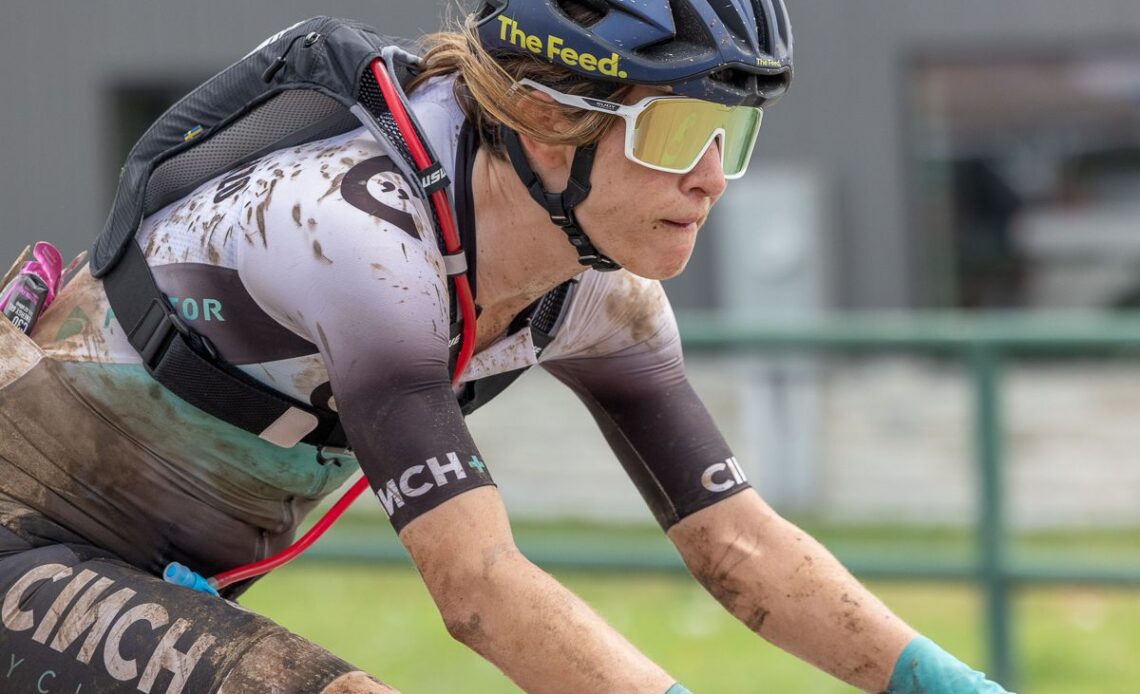No edition of the Unbound Gravel 200 is easy. The 200-mile signature event, actually 205.5 miles this year, consistently delivers rough, rolling terrain through the Flint Hills of Kansas to make sure of that winners earn the titles as King and Queen of Unbound.
The enormity of the challenge seemed to build to a whole new level year, with ‘peanut butter mud’ in the very first hour of racing unravelled the plans of even the best riders. There were endless mechanicals, lost positions, long chases and DNF’s (plus probably a few WTF’s as well) from debut riders and seasoned veterans alike.
Of the 57 elite women who started on Saturday, a third did not complete the event. On the elite men‘s side, a quarter of the 116 riders dropped out before the finish in Emporia. Compared to a wet and muddy edition in 2022, those numbers were double the dropout rate.
Many riders who were expected to be up front all day, such as defending elite men’s champion Ivar Slik or 2021 elite women’s champion and 2022 runner-up Lauren De Crescenzo, faced disappointments of abandoning the race for which they prepared meticulously for months.
“One thing I’ve learned in my cycling career is no matter how much work you put in, how ready you are or how hard you try, sometimes things just don’t work out. This race reminded me it’s OK to fail,” wrote De Crescenzo in a post-race Instagram post.
“Quite frankly, it’s a privilege to put it all out there and fail on the biggest stage. I’ll sleep well knowing my team and I put in the hard work to prepare for this race.”
Still, while things inevitably go wrong in gravel racing, the sticky, thick mud riders encountered in the first hour forced them to run cyclocross style or search for a passable line to the side of the rough road in the long grass, some crossing over wire fencing and destroying equipment.
“My race was essentially over in the first hour,” said De Crescenzo, who was a DNF after riding more than 9 hours and pulling out with a little more than 40 miles to go. “I ran over barb wire early on, shredding my tires. That made for a long day of stop and go, ultimately putting me out of the race for good. My heart goes out to all the athletes adversely affected by the hour long mud section in the first 12 miles of the race.”
That muddy section in the first hour of racing was ‘D Hill’, which had not used since 2015 when it became a mud pit because of heavy rain. Friday night rain this year repeated the situation.
In a mandatory…
Click Here to Read the Full Original Article at CyclingNews RSS Feed…

